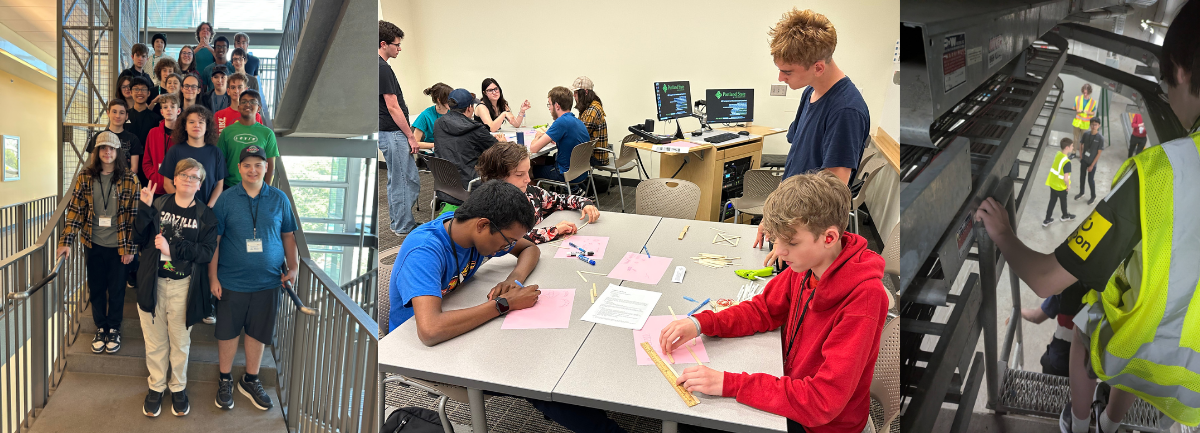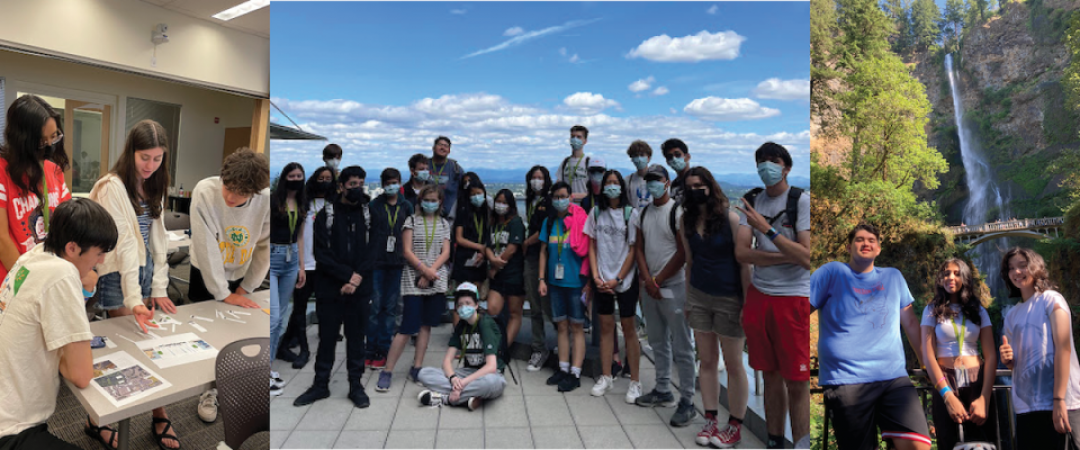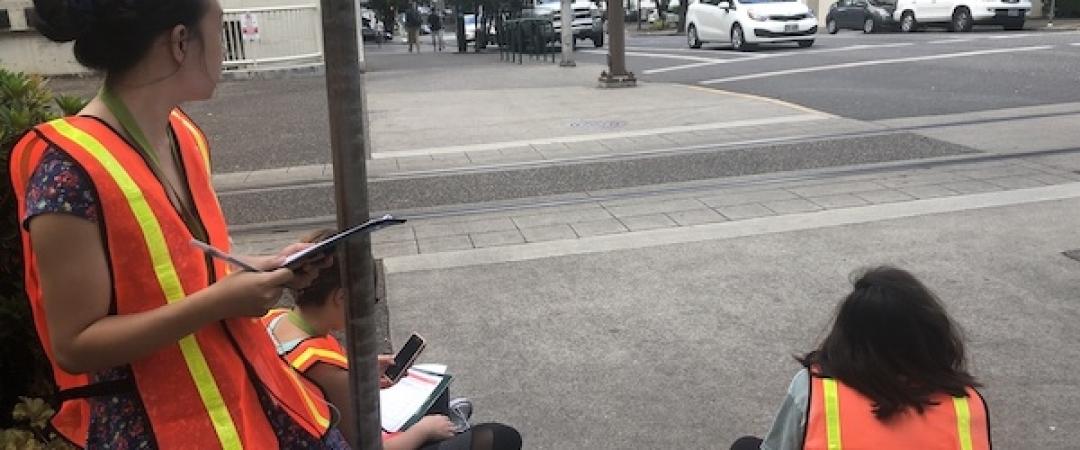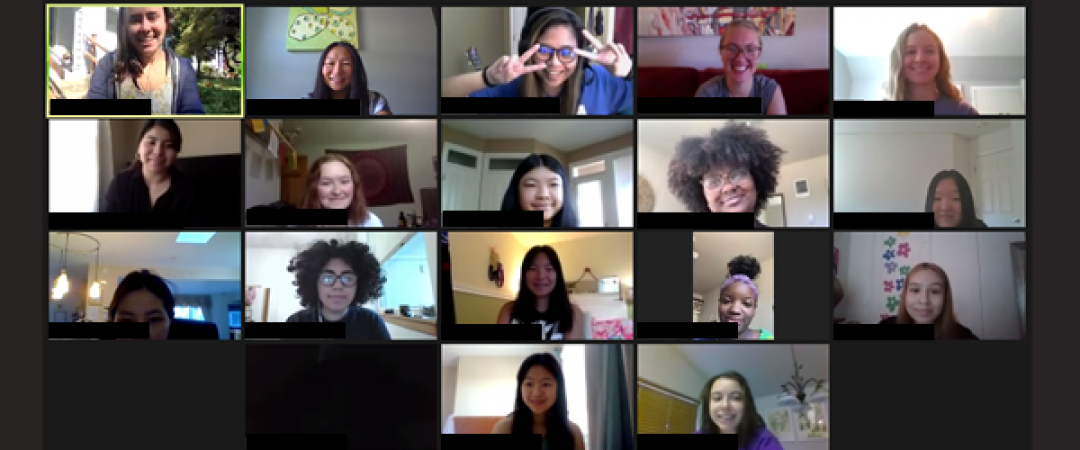The 2025 Transportation Summer Camp for high school students at Portland State University (PSU) recently concluded, and was featured in an article by Oregon Public Broadcasting's Tiffany Camhi: Bikes, buses and bridges: Teens explore transit at Portland State camp.







